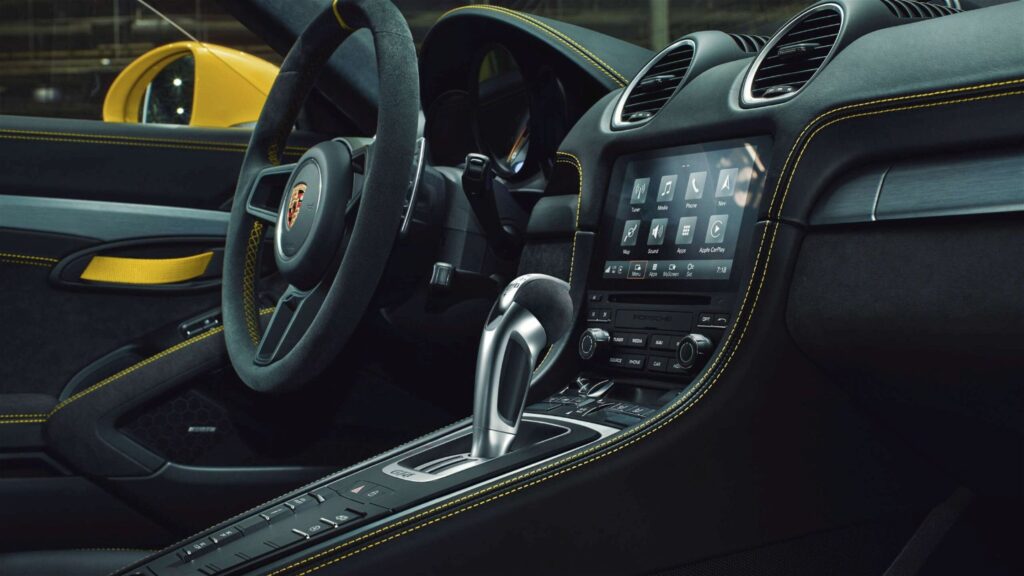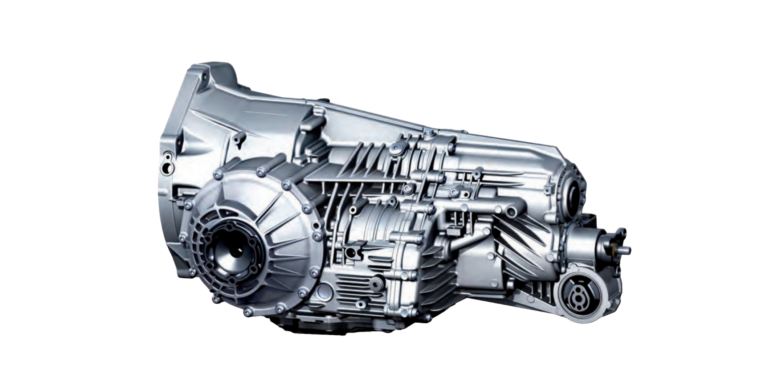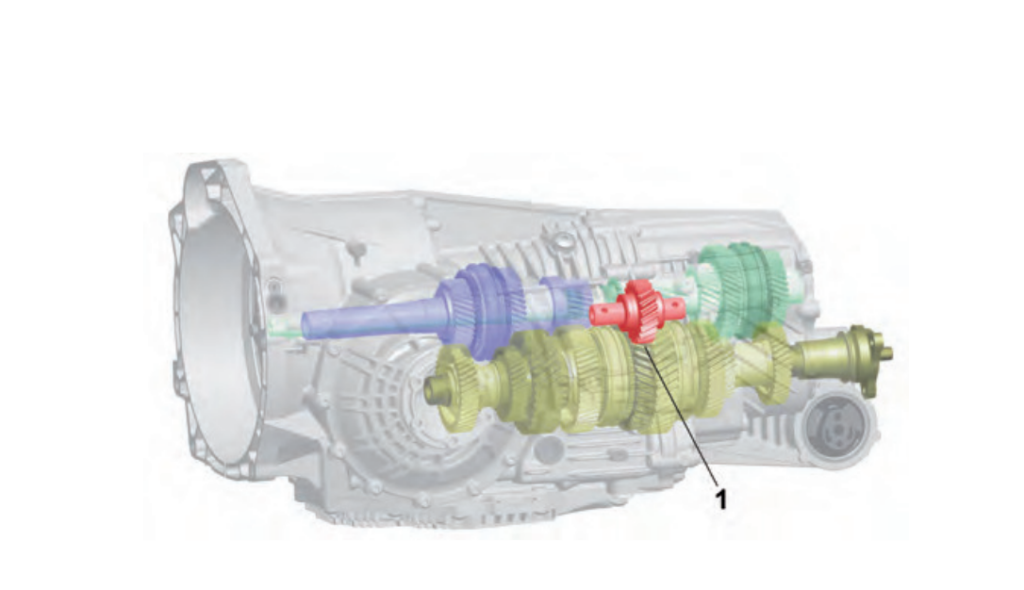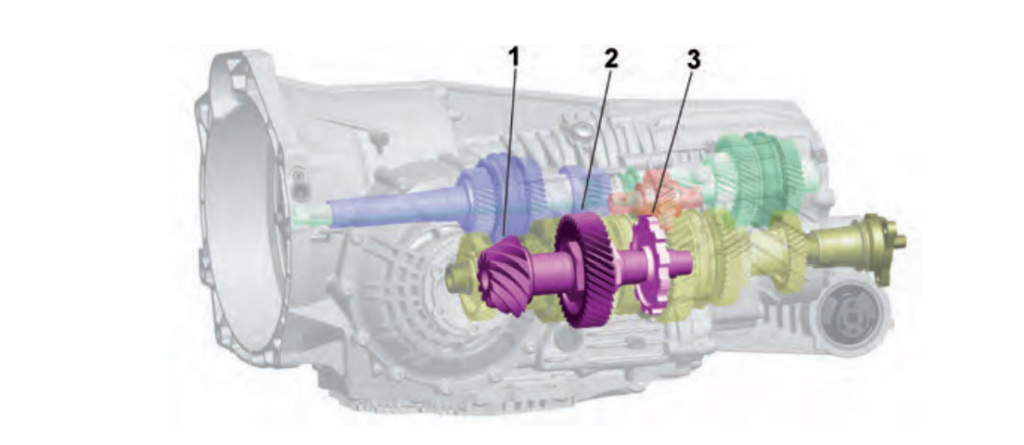
Introduction
In the realm of high-performance automotive technology, Porsche’s PDK transmission stands as a pinnacle of innovation, combining the precision of manual shifting with the convenience of an automatic system. This article delves deep into the Porsche Doppelkupplung (PDK) to explore its design, functionality, and the advantages it offers to drivers.
The Evolution of Porsche's PDK Transmission
The Genesis of PDK
- 1970s to 1980s: Initial development and early adaptations in motorsports.
- 1984: First use in Porsche 956 at Nürburgring.
- 1986: First major win with a PDK-equipped Porsche 962 at Monza.
Overcoming Early Challenges
- Technological Barriers: Early PDK systems faced limitations due to the primitive state of control electronics and mechanical components during the 1980s.
- The Modern Breakthrough: Advances in computer technology and precision engineering in the 2000s allowed Porsche to refine PDK for road use.

Technical Insights into PDK
Understanding the Dual-Clutch System
- Structure: How the PDK employs two separate clutches for odd and even gear sets.
- Function: Detailed explanation of gear pre-selection that enables swift shifting.
Components of PDK
- Clutches: The roles of each clutch in gear transitions.
- Gear Sets: Configuration of gear wheels and their synchronization.
- Hydraulic System: Oil management for gear and clutch operations.
Performance Advantages
- Reduced Shift Times: Impact on acceleration and efficiency.
- Continuous Power Delivery: Benefits during high-speed driving and overtaking.

Operating the PDK Transmission
Driving Modes Explained
- Normal Mode: For everyday driving, balancing efficiency and comfort.
- Sport Mode: Enhances responsiveness and speed, ideal for spirited driving.
- Sport Plus Mode: Maximizes performance settings for track use.
Special Functions
- Launch Control: Procedure and benefits for racing starts.
- Adaptive Shift Strategies: How the PDK adjusts to driving styles and road conditions.
Maintenance and Longevity
Servicing Intervals
- Oil Changes: Recommended intervals for hydraulic and gear oils.
- Clutch and Gear Inspection: Guidelines for periodic checks.
The Future of PDK
Innovations on the Horizon
- Hybrid and Electric Drivetrains: Integration of PDK with electric motors.
- Advanced Control Algorithms: Enhancements for even quicker and smoother shifts.
Impact on Porsche’s Lineup
- Broadening Adoption: Expansion of PDK across more models.
- Enhancing Driver Experience: Continued focus on balancing performance with driving pleasure.

Detailed Analysis of PDK Functionality and Engineering
How PDK Manages Shifts
The Porsche Doppelkupplung transmission boasts an intricate management system that governs the timing and execution of gear shifts. This system ensures that one clutch disengages the current gear milliseconds before the second clutch engages the next gear. This transition is so seamless that it’s virtually imperceptible, eliminating the power interruption typically experienced in traditional manual transmissions.
Hydraulic System Complexity
Central to the operation of the PDK is its hydraulic control system, which manages the clutches and the gear actuation. This system includes several pumps that maintain pressure in the hydraulic circuits, essential for the rapid activation and deactivation of clutches. The sophistication of this system is a key factor in the transmission’s responsiveness and reliability.
Sensor Technology in PDK
PDK utilizes a variety of sensors to optimize its performance:
- Speed Sensors: Monitor the speeds of the two input shafts to synchronize gear shifts.
- Temperature Sensors: Ensure the system operates within safe thermal conditions to prevent overheating.
- Position Sensors: Detect the exact positions of the gear selectors, aiding in precise gear engagement.
Benefits of Dual-Clutch Technology
The dual-clutch setup in the PDK provides several advantages over single-clutch systems:
- Reduced Lag: Virtually no lag between gear changes, enhancing acceleration and efficiency.
- Less Wear and Tear: As the clutches are only engaged during gear shifts, they experience less wear compared to continuous engagement systems.
- Increased Durability: The transmission’s ability to handle high performance demands contributes to longer service life and reduced maintenance needs.
Real-World Applications and User Experiences
Driving Dynamics
Drivers often report a noticeable improvement in handling and acceleration when using PDK. The immediate response to input, coupled with the ability to maintain power output continuously, allows for a more dynamic driving experience, especially in scenarios requiring quick acceleration, such as overtaking or merging on highways.
Consumer Feedback
Many Porsche owners appreciate the dual nature of PDK, which offers a relaxing drive in automatic mode and an engaging experience in manual mode. However, some purists may still prefer the tactile feedback of a traditional manual transmission, despite the performance advantages of PDK.
Comparison with Competitors
Compared to other high-performance transmissions like Audi’s S-Tronic or BMW’s DCT, Porsche’s PDK often stands out for its refinement and reliability. Each system has its own merits, but PDK consistently earns praise for its seamless gear transitions and superior engineering quality.
Maintenance Tips and Best Practices
Routine Checks
- Fluid Levels: Regularly check and maintain proper levels of both hydraulic and gear oils.
- Software Updates: Ensure the transmission’s control software is up-to-date to benefit from the latest optimizations and fixes.
- Diagnostic Scans: Periodic diagnostic scans can help detect potential issues before they require costly repairs.
Long-Term Care
- Clutch Calibration: Have the clutches calibrated periodically to maintain optimal performance.
- Component Inspections: Regular inspections of the transmission components can prevent unexpected failures.
FAQs
What makes PDK different from other automatic transmissions?
PDK allows for near-instantaneous gear shifts with no loss of power, unlike traditional torque converter automatics.
Can I manually control gear shifts in a PDK-equipped vehicle?
Yes, PDK offers manual shifting via paddle shifters located behind the steering wheel.
Is there a significant difference in fuel efficiency between PDK and manual transmissions?
PDK generally improves fuel efficiency over traditional manual transmissions due to its optimized gear ratios and quicker shift times.
What are the primary maintenance concerns with PDK?
Regular oil changes, hydraulic system checks, and clutch adjustments are essential for maintaining optimal performance.
How does the PDK enhance driving performance?
The dual-clutch design provides a seamless power transfer and allows faster acceleration than manual and traditional automatic transmissions.
How often should PDK fluid be changed?
Porsche recommends changing the PDK fluid every 40,000 to 60,000 miles, but this can vary based on driving habits and conditions.
What are the signs of potential PDK issues?
Delayed gear shifts, unusual noises during shifting, or a warning light on the dashboard can indicate issues.
Can PDK handle track day stress?
Yes, PDK is designed to handle high-performance driving scenarios including track days, but frequent high-stress usage will necessitate more frequent maintenance checks.
Is it cost-effective to repair a PDK transmission?
While repairs can be expensive due to the complexity of the system, regular maintenance can prevent most major repairs.
Does using PDK result in higher fuel efficiency compared to manual transmissions?
Yes, thanks to its ability to shift gears optimally for both performance and efficiency, PDK can enhance fuel economy.
Conclusion
In conclusion, the PDK transmission from Porsche is a testament to the pinnacle of automotive technology, offering a perfect mix of speed, precision, and adaptability. This system exemplifies Porsche’s dedication to merging luxurious comfort with awe-inspiring performance, an ethos closely mirrored by Euro Garage’s commitment to quality and innovation.
As technology evolves, the PDK system continues to represent the cutting edge of automotive transmission technology, pushing the boundaries of what sports cars can achieve.
This extensive examination of the Porsche PDK transmission not only underscores its revolutionary impact on automotive engineering but also enhances our understanding of how technology can elevate driving to exhilarating new heights.
